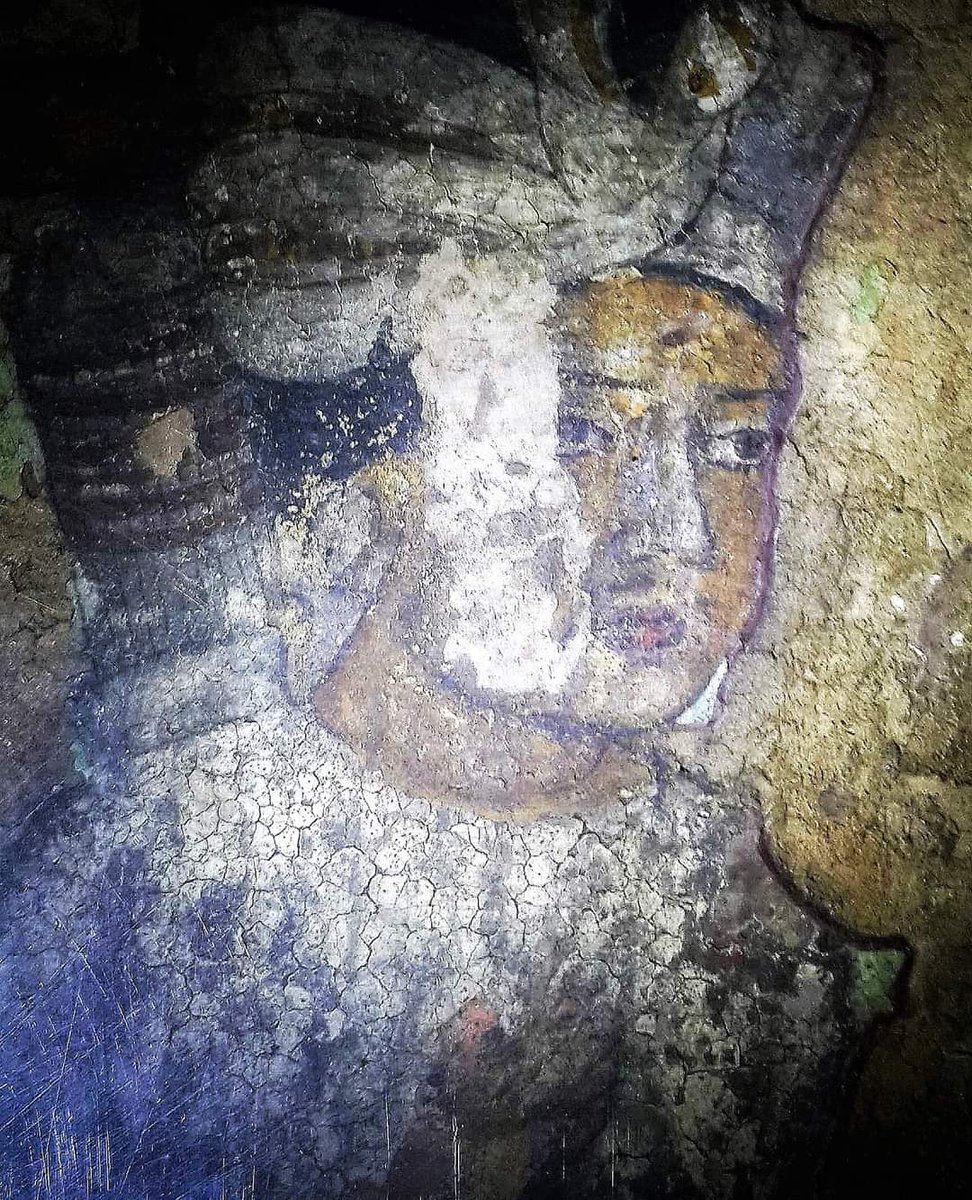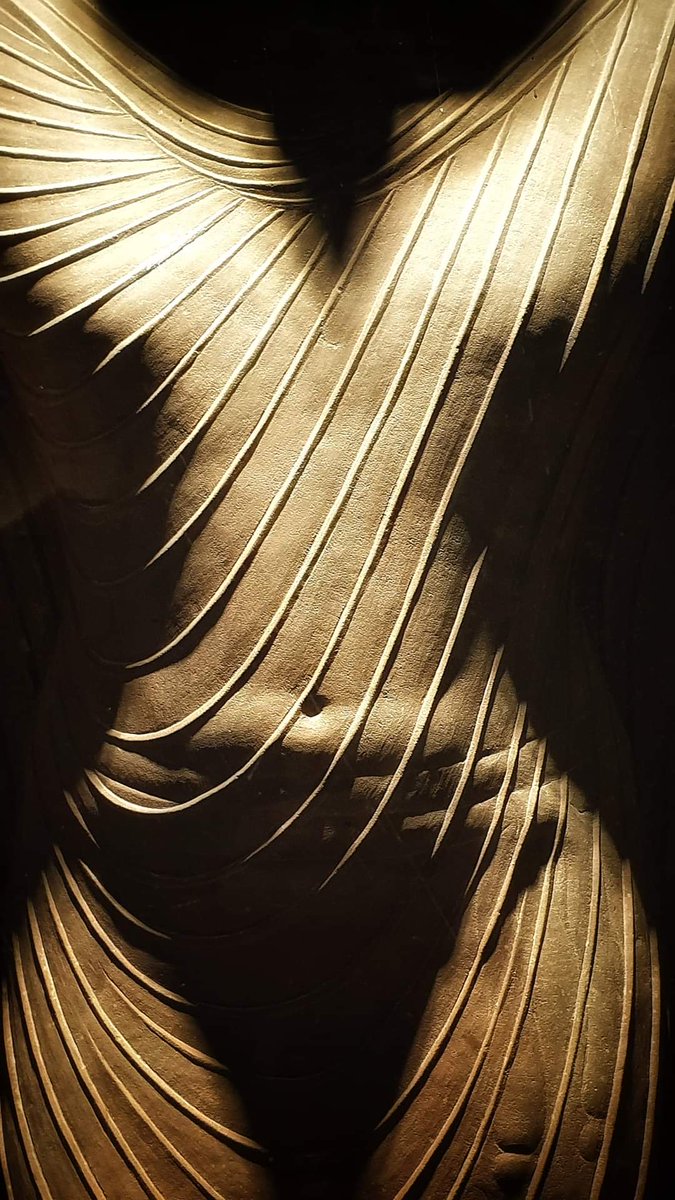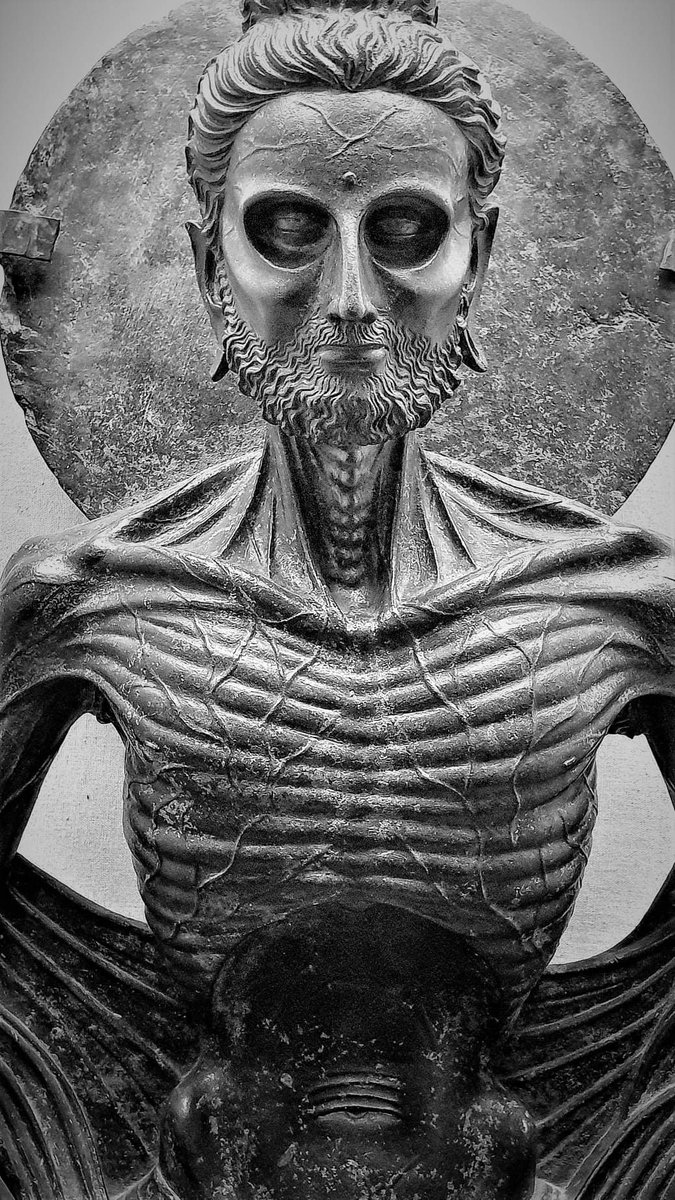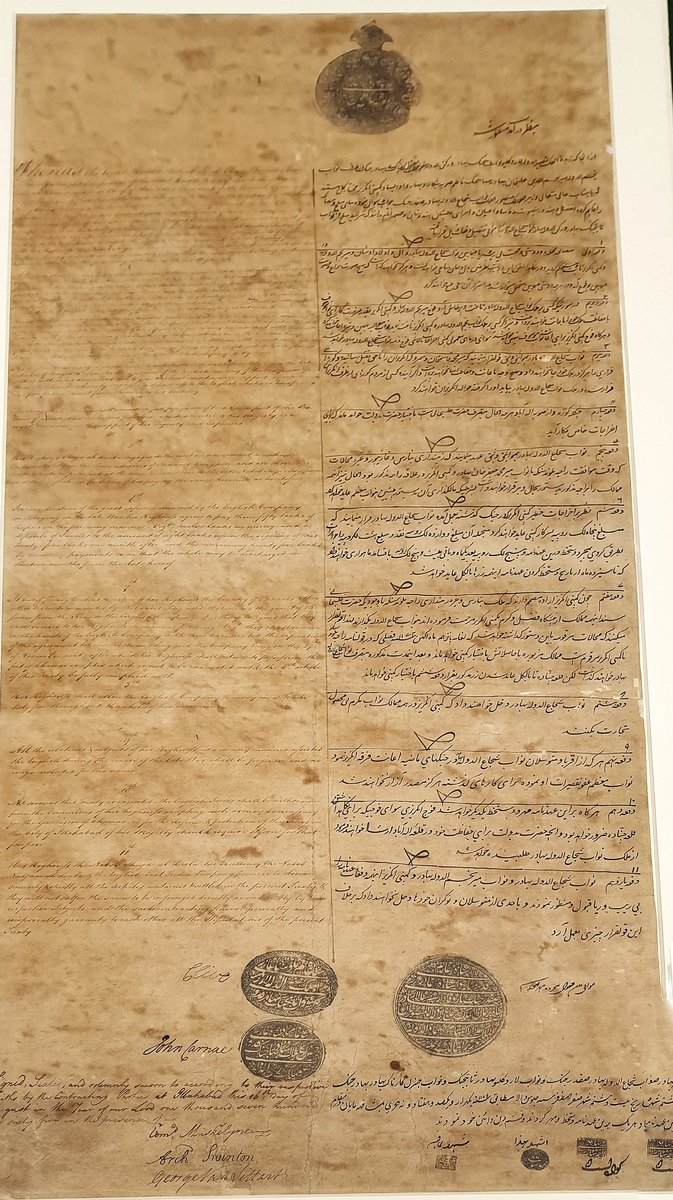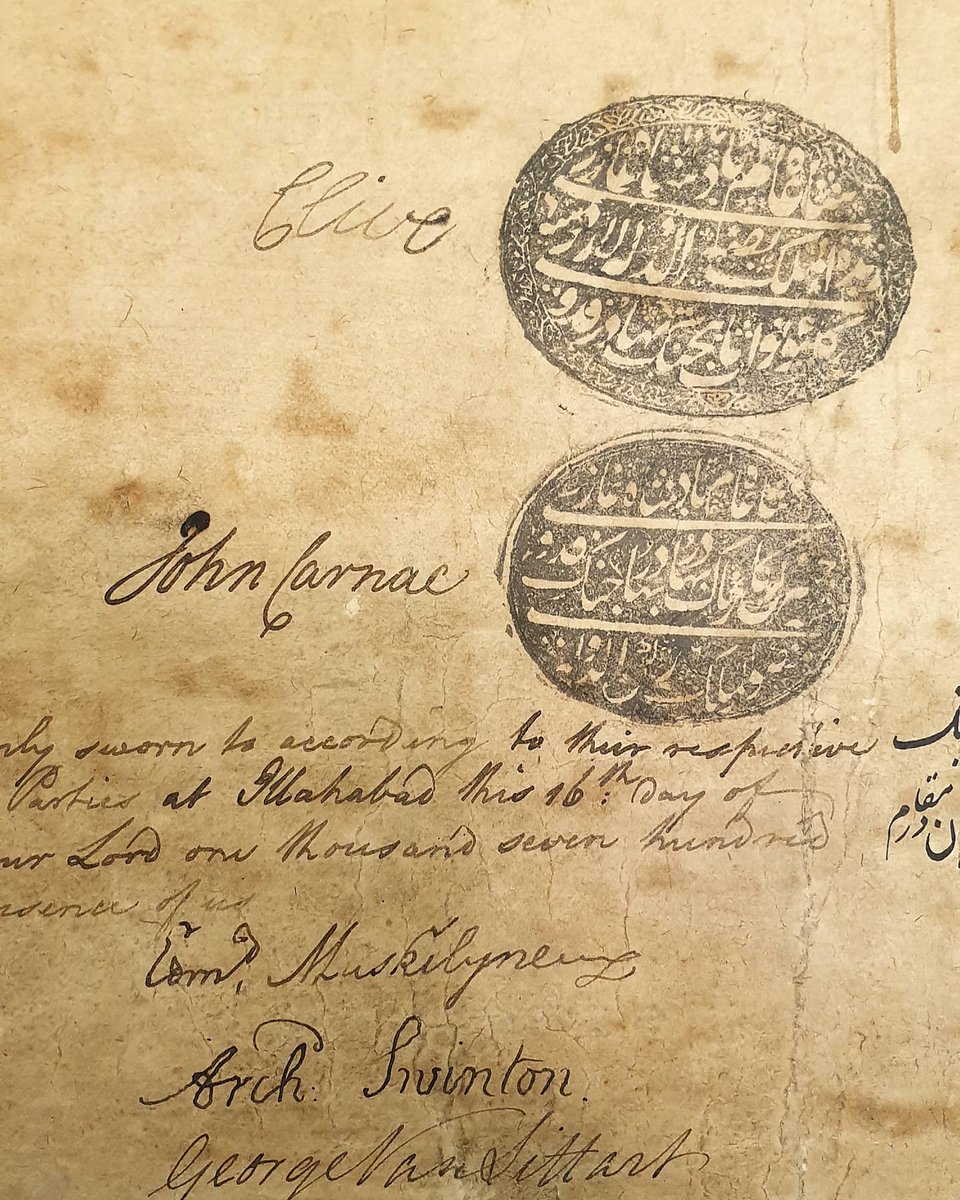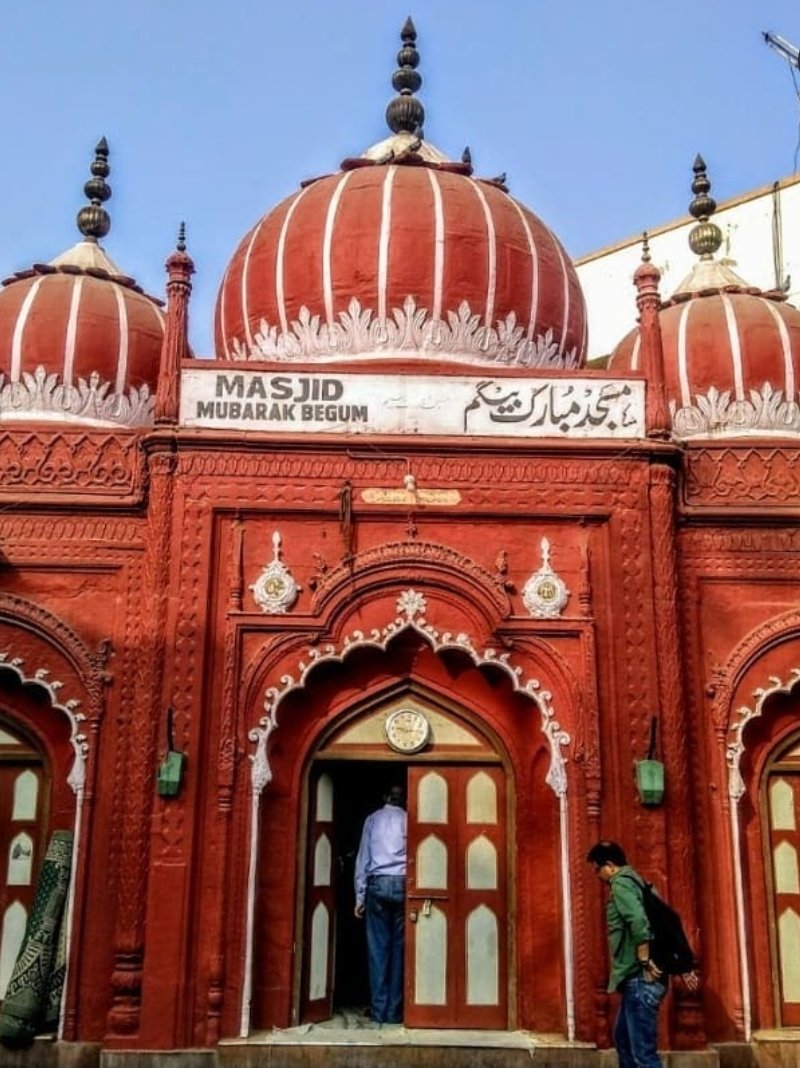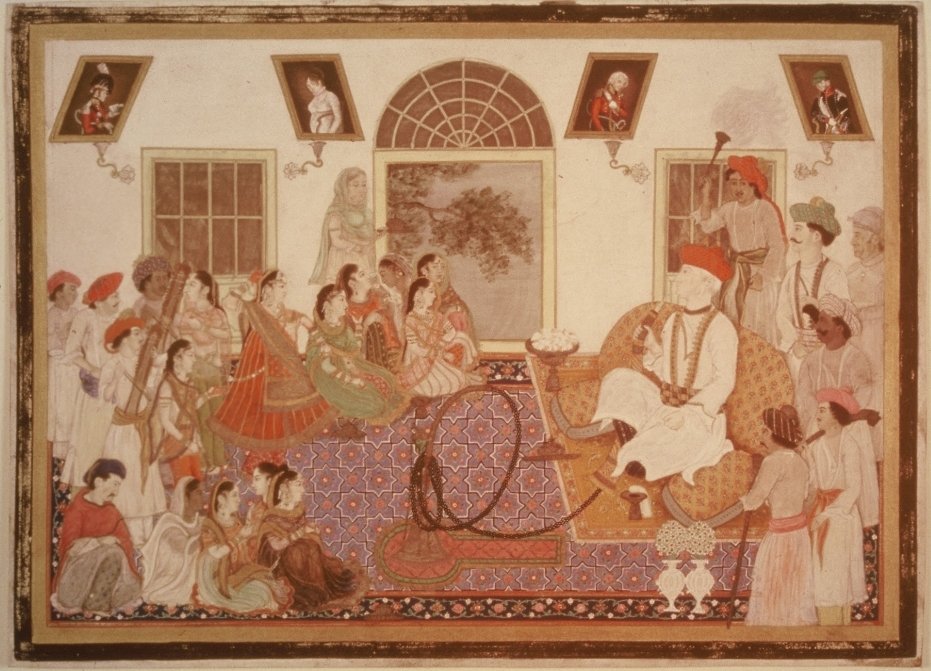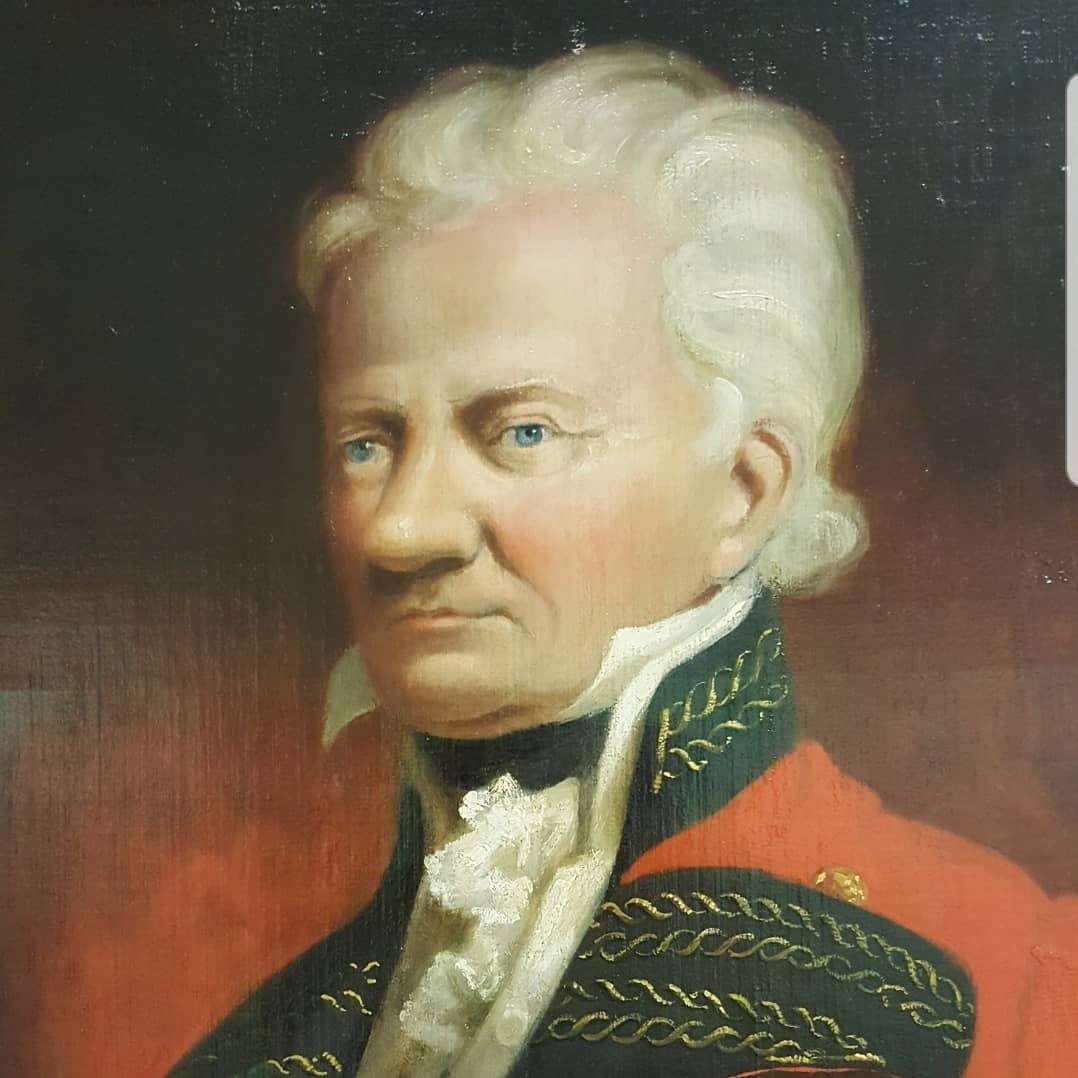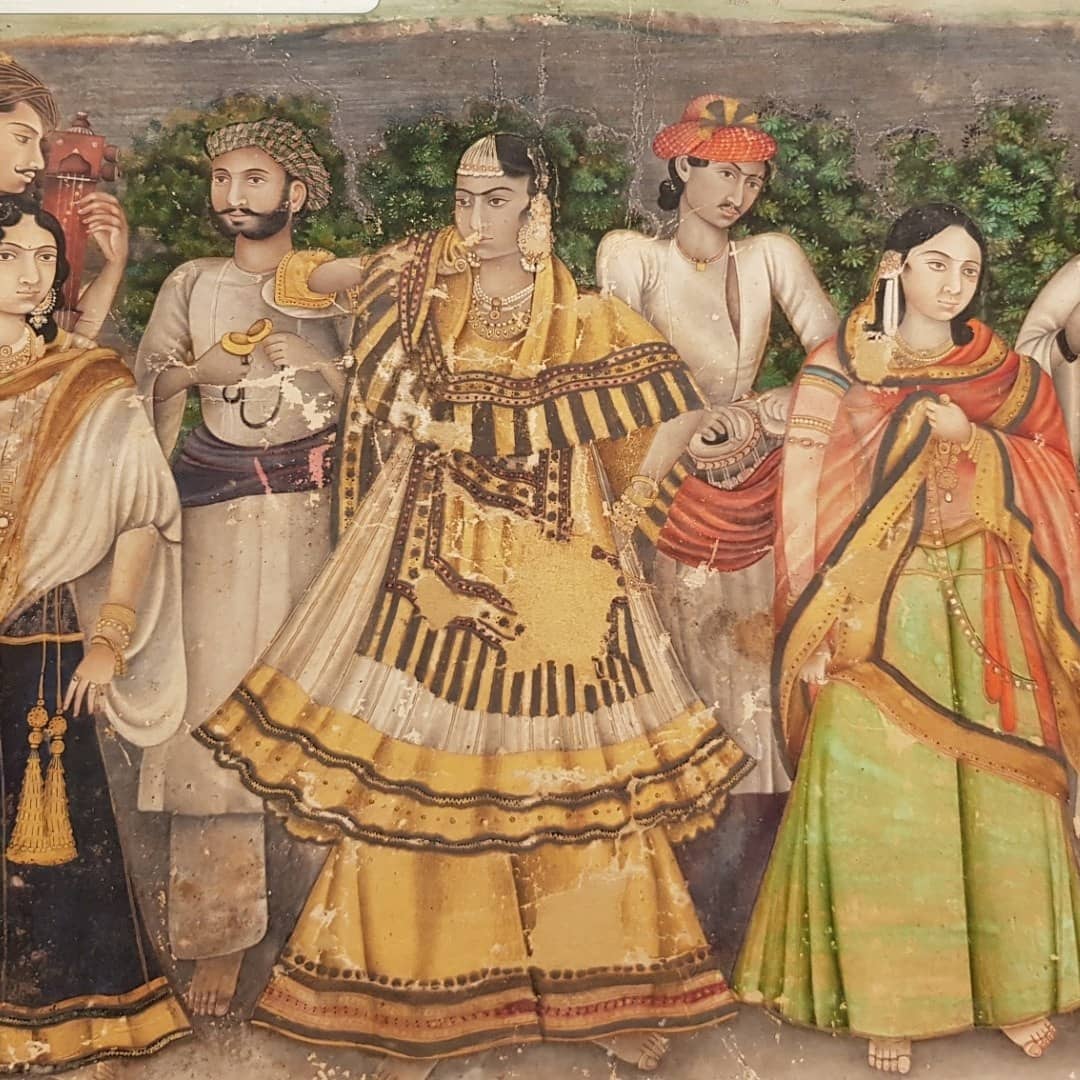
The world's earliest dated inscription of the circular symbol "O", to represent zero, though the Bakhshali manuscript, whose date is disputed, could be earlier. The Brahmi numerals, 2, 3, 4, 7 & 9 are already instantly recognisable.
(1/3)

(1/3)
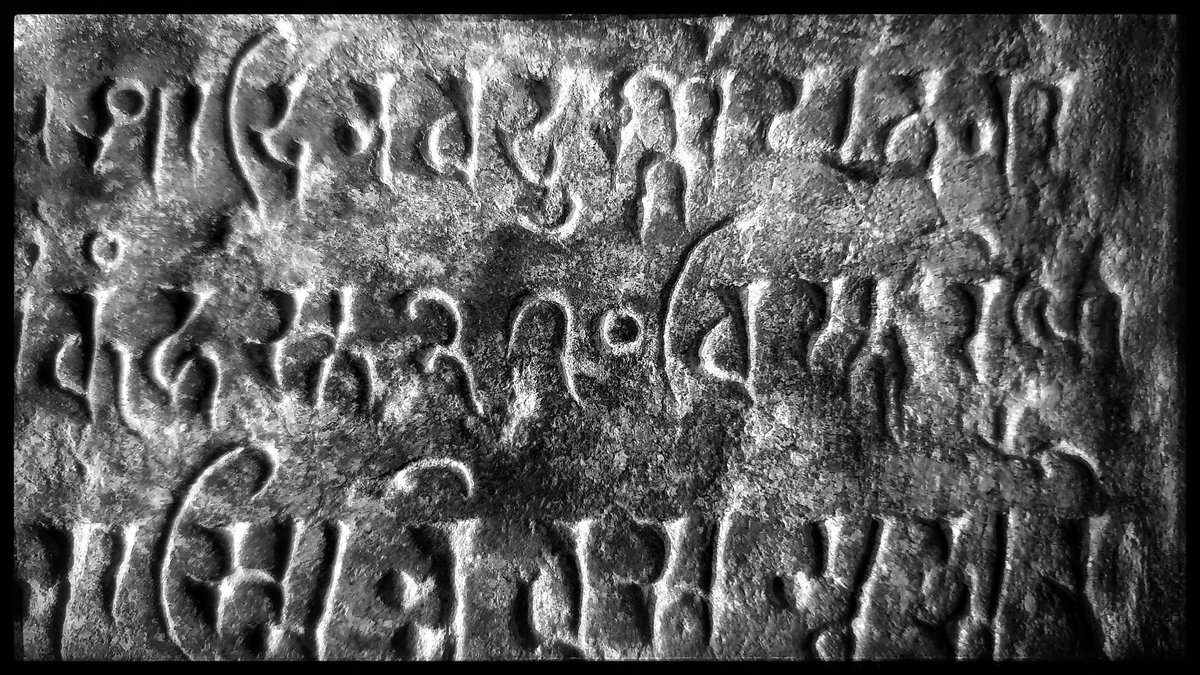

The Chaturbhuj [The Four-armed God ie Vishnu] Temple just below Gwalior Fort, was excavated out of a rock face in c875 AD, by Alla, the son of Vaillabhatta, and the grandson of Nagarabhatta of the Gurjara-Pratihara dynasty, in present-day Madhya Pradesh. 

The inscription states, among other things, that the community planted a garden of 187 hastas by 270 hastas (1 hasta = 1.5 feet) and that the garden yielded 50 garlands for the temple every day. The last digits of 270 and 50 are "O" shaped. 

While Indian texts mention zero earlier & there is an earlier "dot zero" in an Indic stele in Cambodia, K-127, this has the earliest dated epigraphical evidence inscribed in stone that uses the concept of zero within India & is the oldest in the world to use the 0 to signify zero 

• • •
Missing some Tweet in this thread? You can try to
force a refresh

